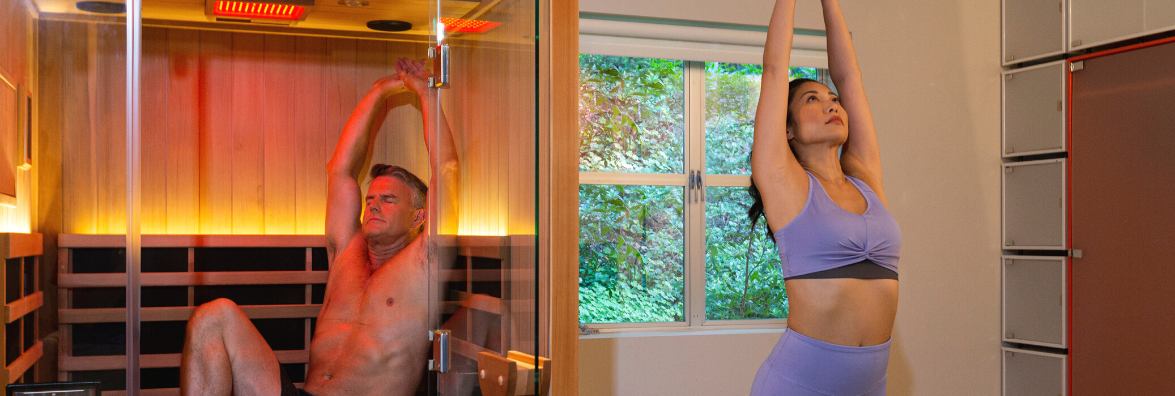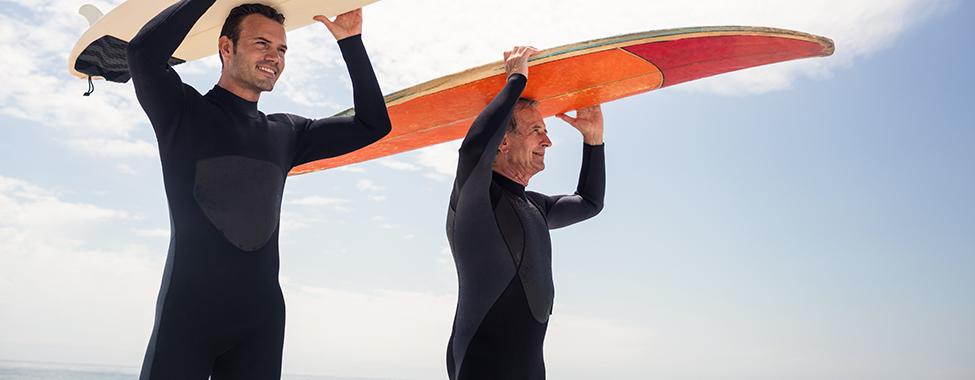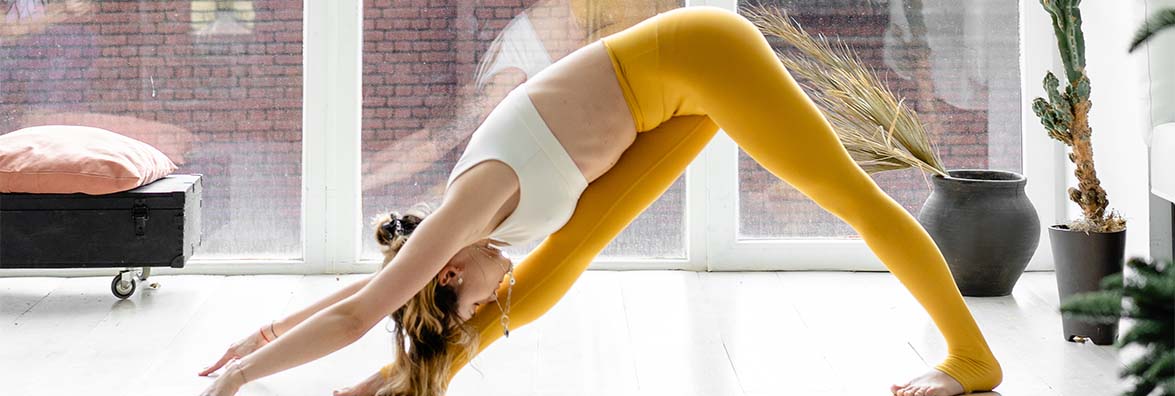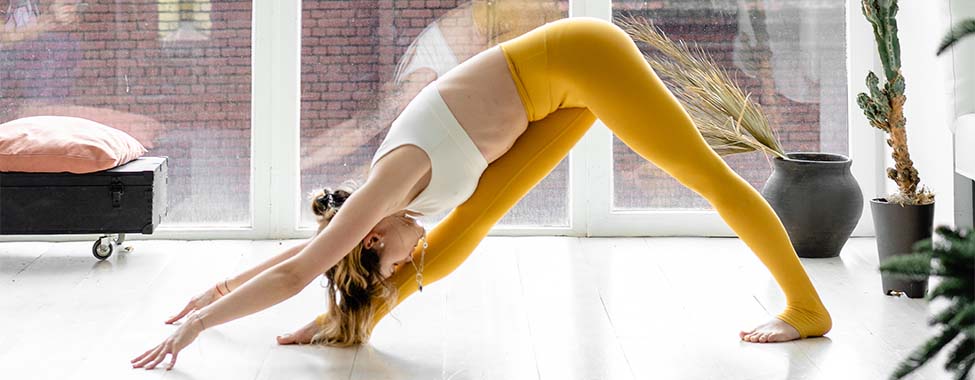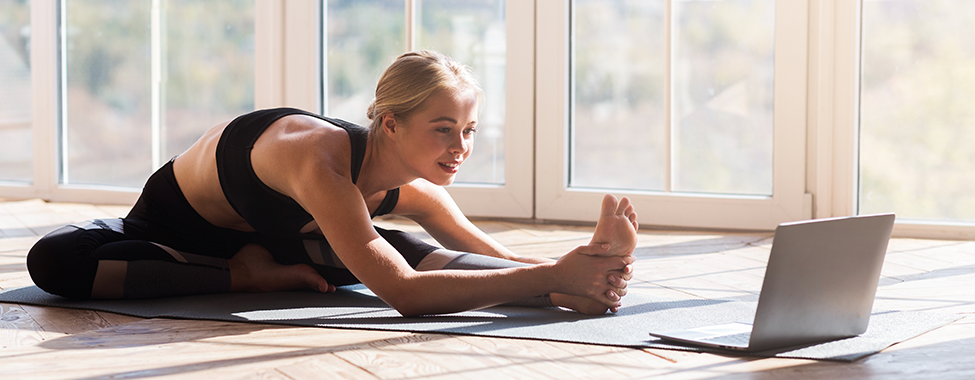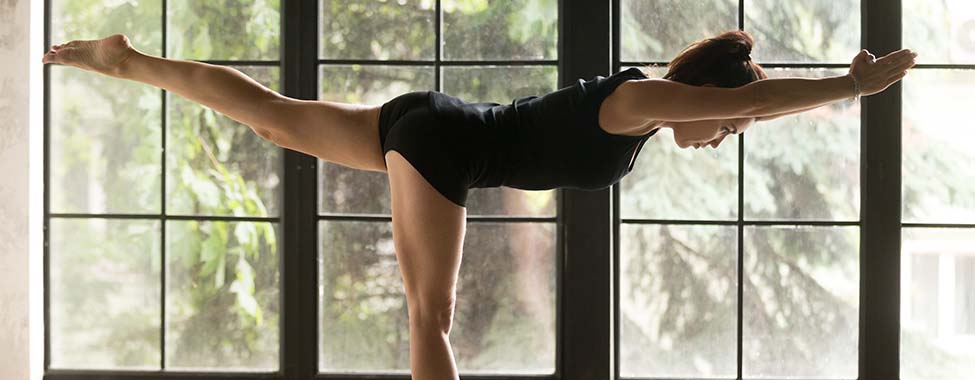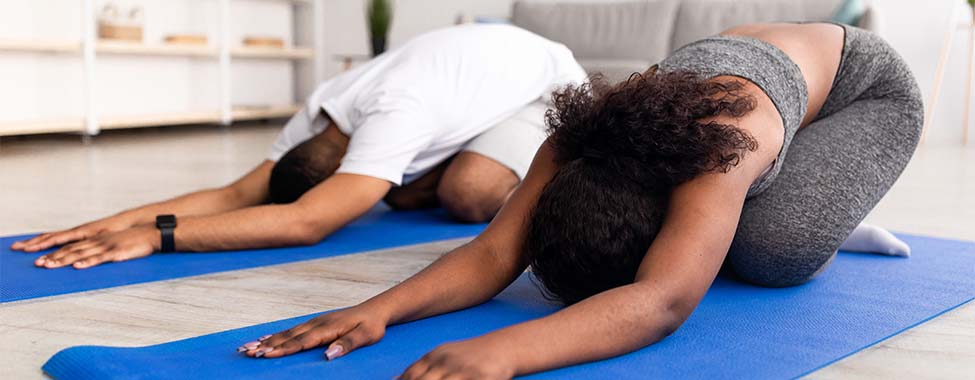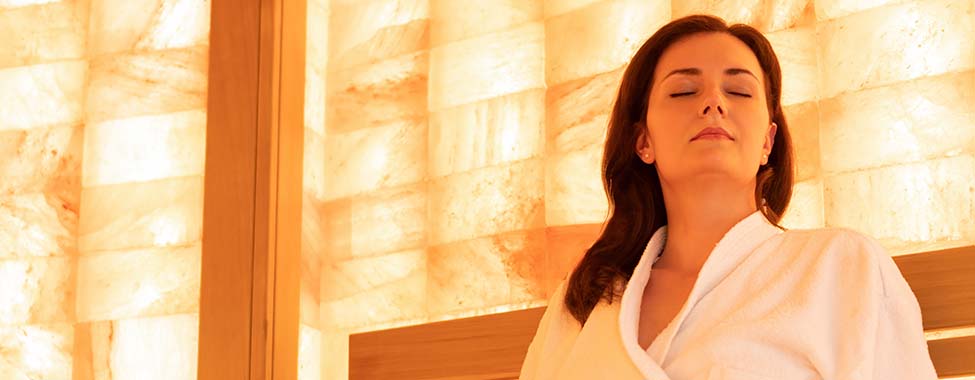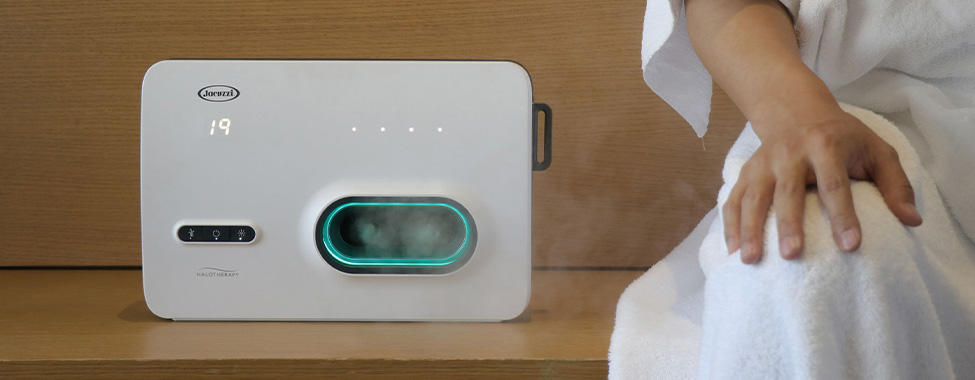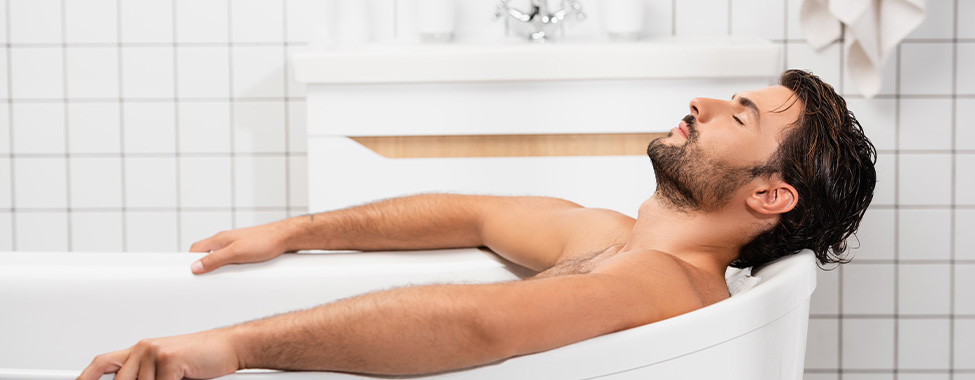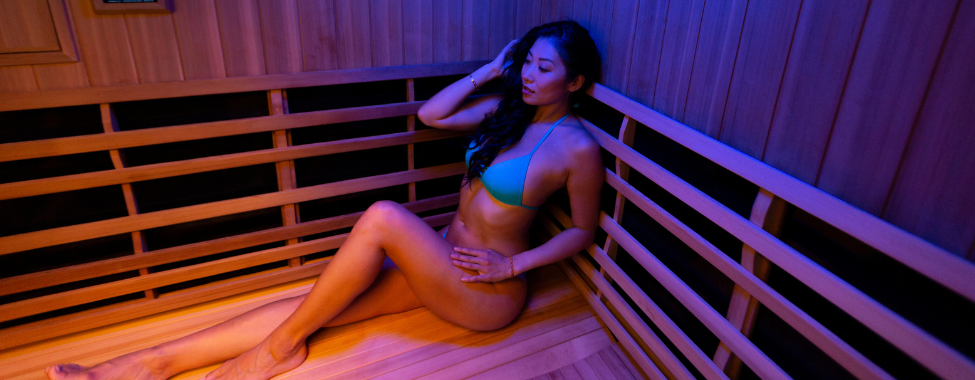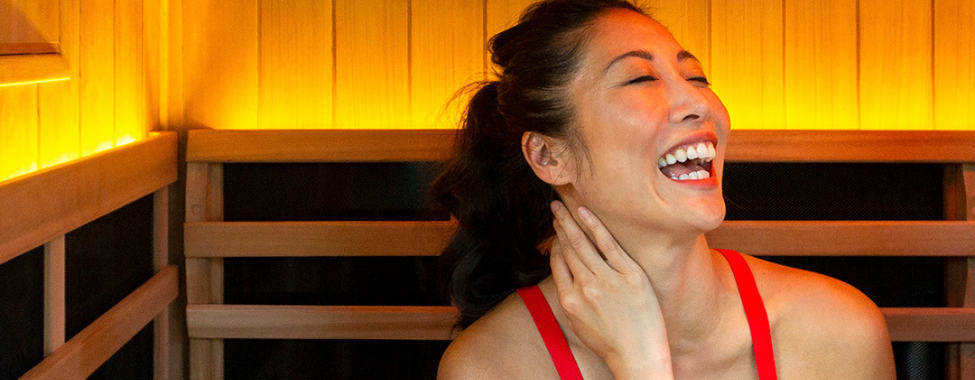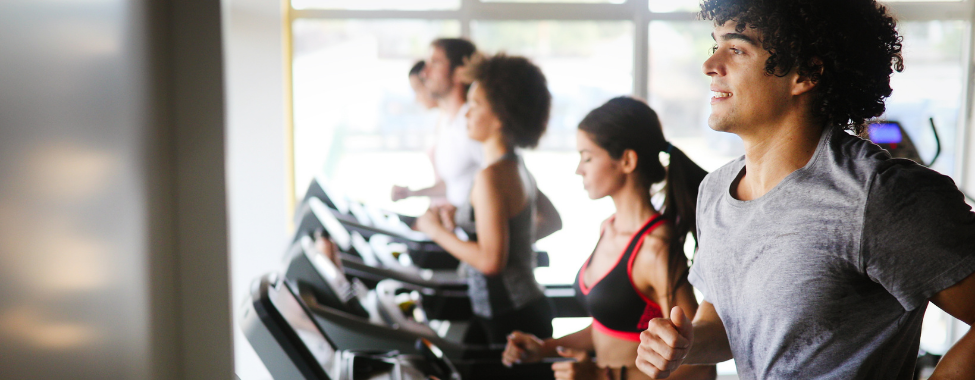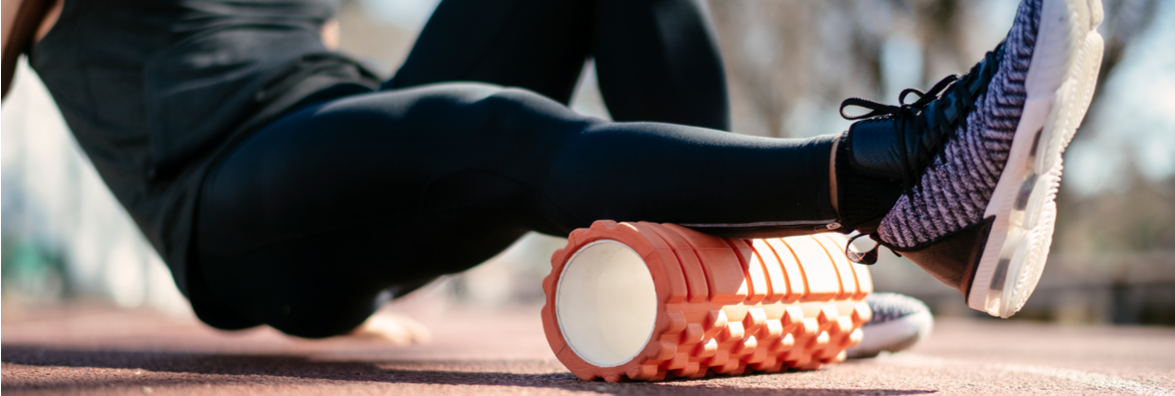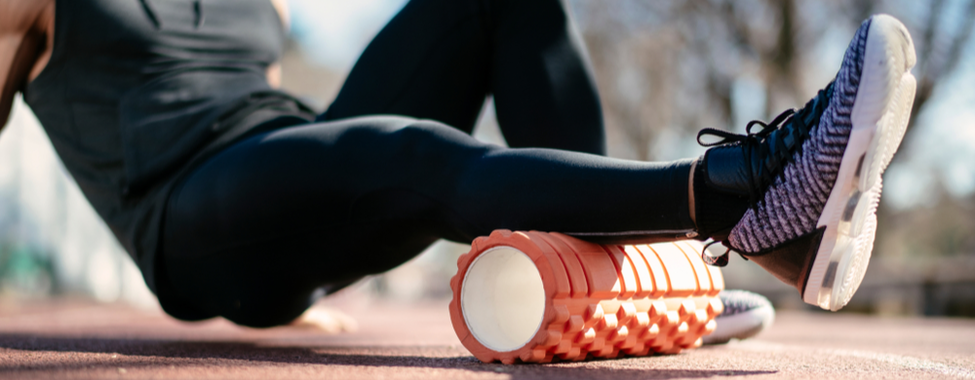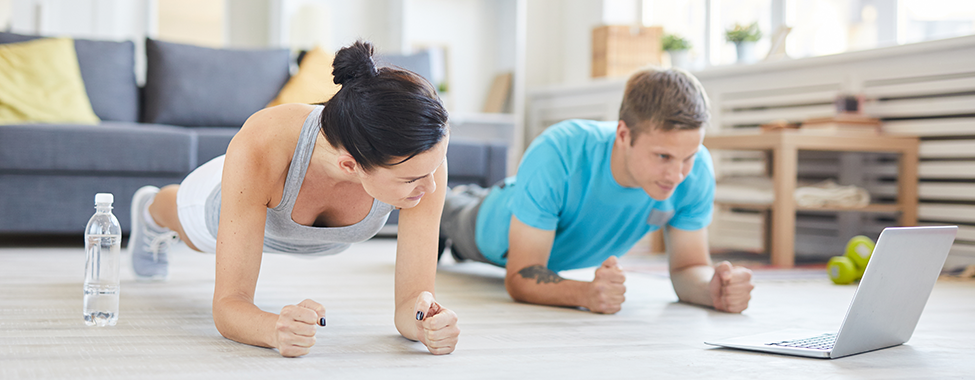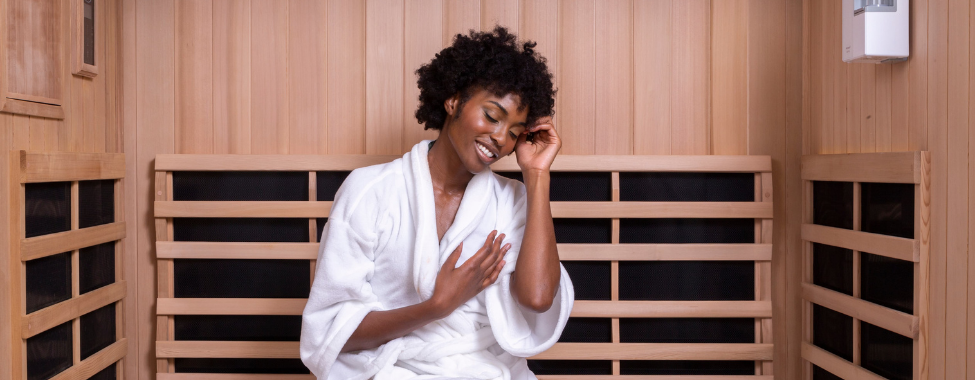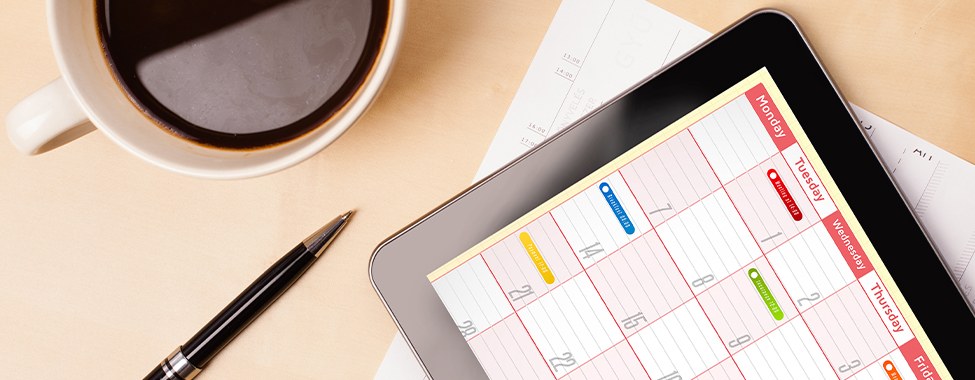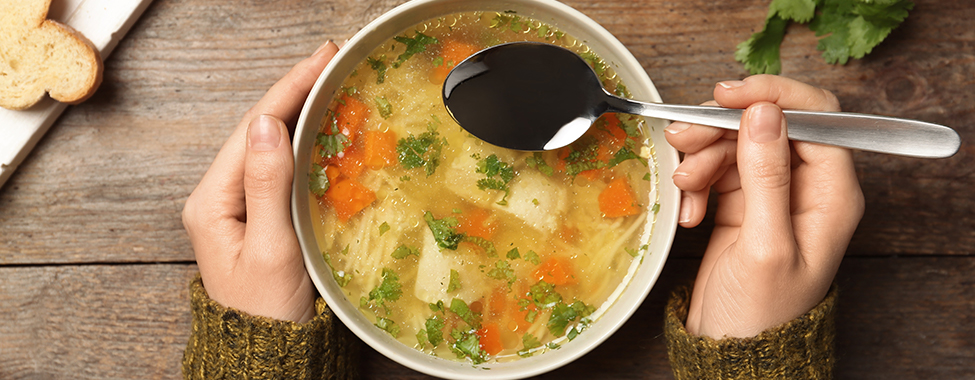Infrared saunas are perfect for a number of situations and people. With innovative technology and design, along with a plethora of infrared sauna health benefits, sauna uses can be personalized for almost any need. Some want to use infrared saunas for recovery and optimizing health benefits while others are looking to have a bit of relaxing time to themselves. Which type of infrared sauna user are you? From the biohackers to the trend setters, read on to see what your infrared sauna personality is!
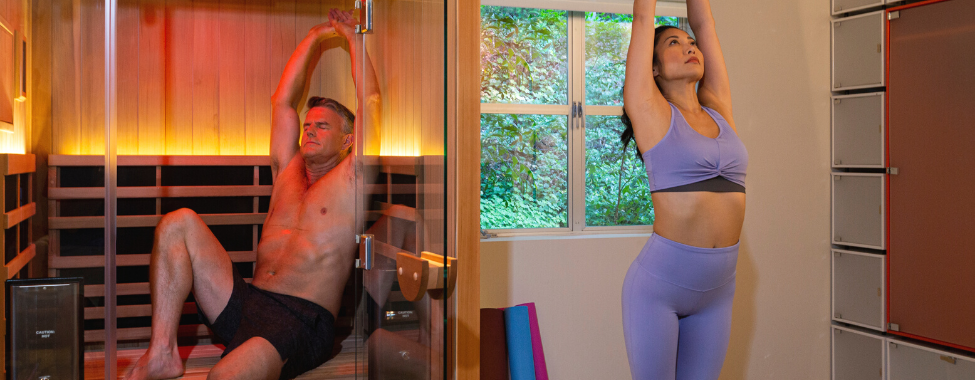
The Health-Conscious
You like living life in the healthiest way possible, and use all the tools available to help boost your overall wellness. With so many things on the market, from supplements to fancy workout gear, it can be easy to get lost in the number of options. Luckily, your infrared sauna helps keep your health regimen easy. With so many health benefits in just one session, you can accomplish a lot at one time – and with lasting results. In your sauna health haven, you get to experience it all: weight loss, boosted metabolism, temporary muscle pain relief, better sleep, detoxification, reduced cellulite, eased joint pain and stiffness, stress and fatigue relief, improved skin, and so much more.
The Healer
You like when your body feels good and pain-free. As the healer, you are always looking for ways to help your body feel its best so you can enjoy life to the fullest. Whether you suffer from back pain, are sore after a workout, are recovering from a cold, or are trying to prevent future discomfort, your infrared sauna is one of the best tools to tackle multiple things at once. Enhanced blood circulation from the heat and infrared technology penetrate deep into the body while sweating helps your body detoxify impurities. For an even more comprehensive healing experience, you enjoy the benefits of red light therapy and halotherapy as well.
The Yogi
You like stretching and moving your body with yoga, especially with the added help of heat during a hot yoga session. As the yogi, not only do you focus on your body, but you also focus on the importance of breathwork and mental clarity. In your infrared sauna for hot yoga, you spend your session doing a mix of deep stretches and meditation. The heat helps your muscles move a bit better and recover faster. You incorporate some sound therapy into your sessions with guided meditation, include aromatherapy to help you concentrate, and use chromotherapy to immerse yourself even more into the experience.
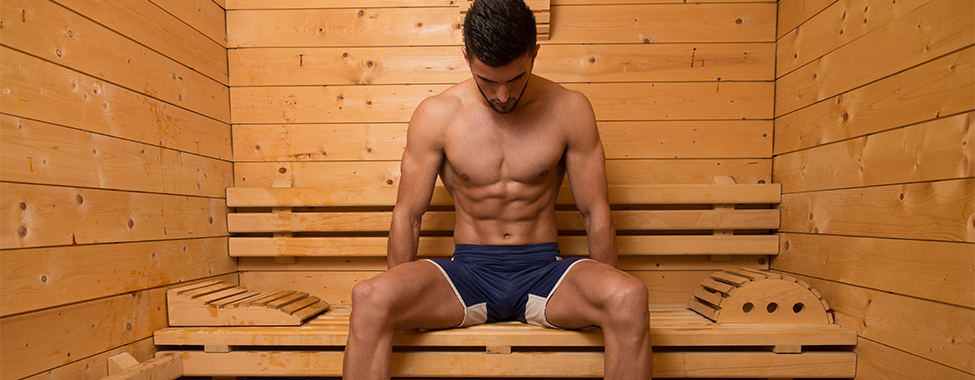
The Fitness Buff
You like working out and are dedicated to getting your body in top shape. This includes hitting the gym, stretching, taking the right supplements, and healing properly so you can keep exercising. Your infrared sauna is an extension of your workout to help your body’s performance. Not only does an infrared sauna session feel nice on your muscles after an intense workout, it also helps increase blood circulation to your muscles to help with recovery and reduce pain. Using a sauna after a workout is also your secret trick to extending your health benefits, from additional calorie burn to the added detox benefits of sweating just a bit more.
The Biohacker
You like to optimize your body and mind, and are always on the lookout for new ways to help your body perform its best with biohacking. From supplements to functional music, you’ve tried it all. The infrared sauna isn’t just a tool for you, it’s part of your lifestyle. With health benefits like improved sleep, enhanced mood, boosted metabolism, and more, infrared sauna use is part of your daily routine. Better yet, you pair it with red light therapy and some meditation during your session to reap even more biohacking benefits at one time. What’s great about your infrared sauna is that in just one 20-minute session every day, you get lasting results for a healthy future.
The Innovator
You like to have all the cool, new innovations and gadgets and want to try them out as soon as they’re available. That doesn’t stop with saunas. What started as simple structures to heat the body in Finland as far back as 7000 BC have now developed into some of the most advanced health technology on the market. As the innovator, you appreciate the many sauna uses available today with all the added health benefits of new technology. Infrared technology, chromotherapy lights, halotherapy generators, vibration resonance therapy, and red light towers all make saunas today into examples of true innovation.

The Trend-Setter
You like to set the trends in the health space and like being the first to experience what experts and influencers recommend. Saunas have been around for years, but infrared saunas really turn the dial up in terms of trendiness. Seen in luxurious spas and all over social media, you already have your infrared sauna picked out and outfitted with all the newest technology to be the first to have it. You enjoy sharing your trendy knowledge with your friends, and are somewhat of a health and wellness influencer yourself. The pictures you post of your sauna include zen spa moments, hot yoga, and aesthetic colors from your chromotherapy light.
The Relaxer
You like to take a step away from the hustle and bustle of life and have some time to relax when you can. Having “me time” is a priority for you to both center and connect with yourself. Your infrared sauna is part of your wellness routine and is your sanctuary. Not only do infrared sauna health benefits include improved sleep, better mood, and reduced stress, but they’re also the perfect spot to slow down for 20 minutes. Inside your sauna, you enjoy reading your favorite book, listening to calming music, meditating, using chromotherapy, and adding in some relaxing essential oils for a spa-like experience right in your home.
No matter what your sauna personality is, you’re sure to enjoy all the infrared sauna uses available! From the health-conscious and healing users who are looking for whole-body wellness to the trendy and relaxed users who want a spa day at home, infrared saunas are wonderful additions to your health routine and lifestyle.
 Canada
Canada Australia
Australia New Zealand
New Zealand Germany
Germany UK
UK EU
EU Ireland
Ireland Malaysia
Malaysia China
China Japan
Japan
